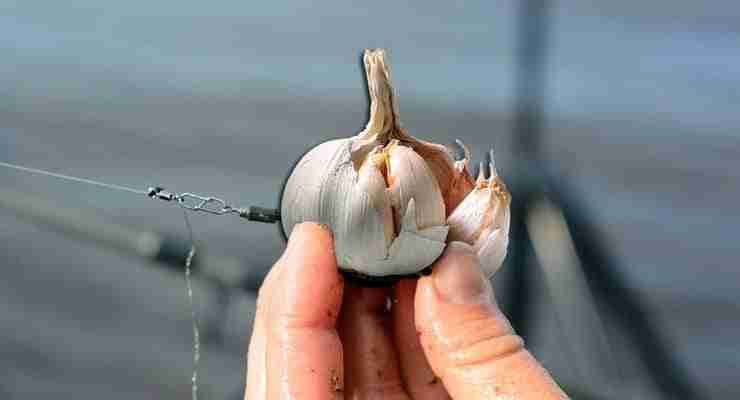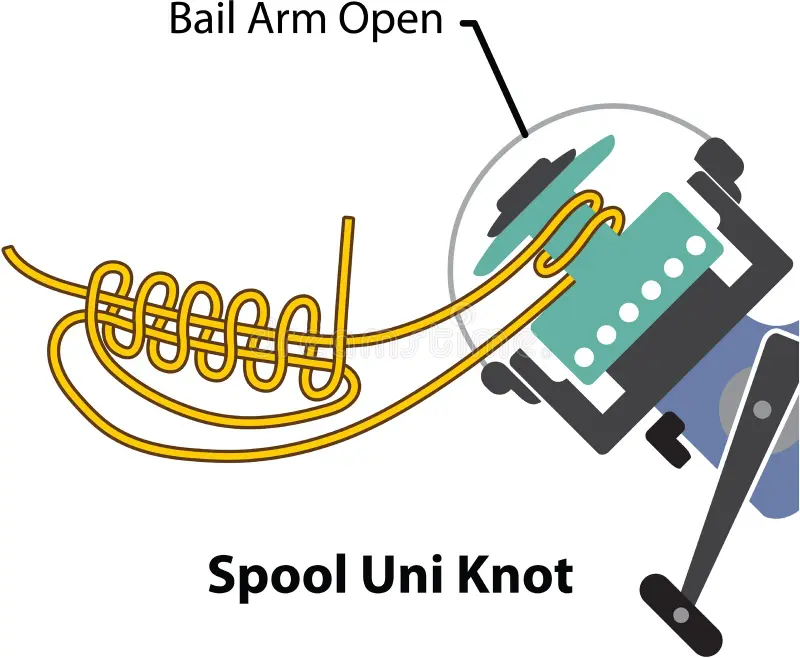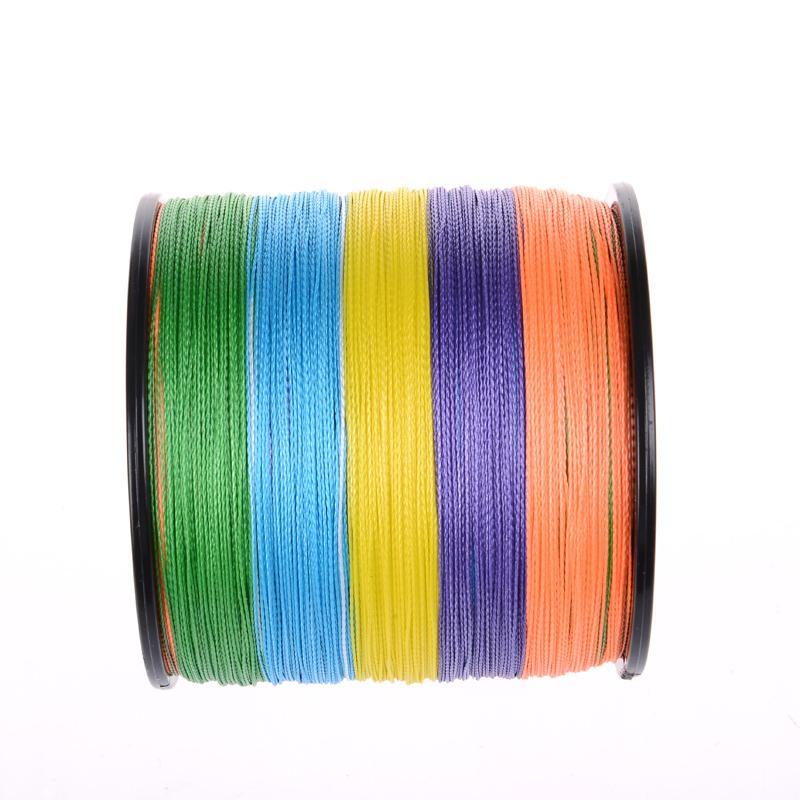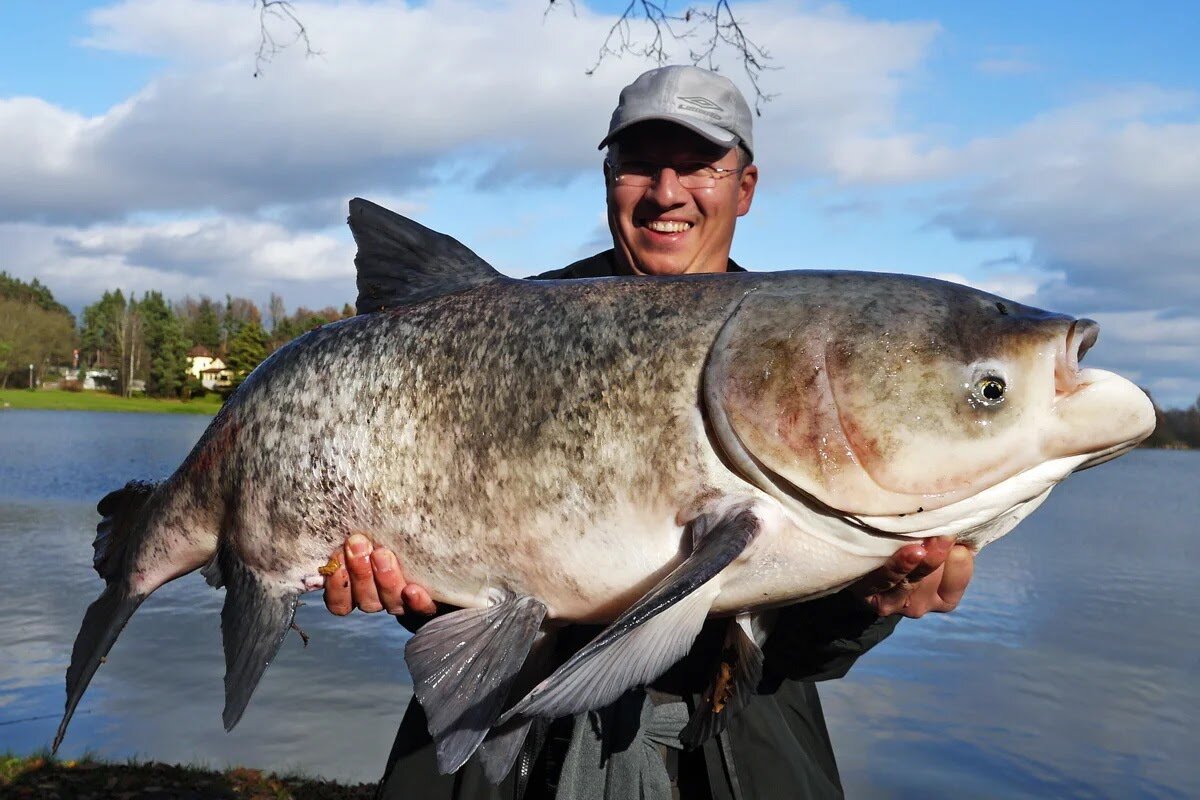
How to Catch Silver Carp from the bottom of the Water

11 min read
Catching silver carp from the bottom of the water can be a challenging, but rewarding, experience for anglers.
Silver carp, also known as “flying carp,” is a species of fish native to Asia that is known for its ability to leap out of the water when startled.
In this article, we will provide tips and techniques for finding, catching, and successfully reeling silver carp from the bottom of the water.
Equipment and Bait For Silver Carp
To catch silver carp from the bottom of the water, you’ll need the right equipment and bait.
A medium to heavy action rod and reel with a fast retrieval rate can help you land these strong fish, and a braided or fluorocarbon line with a diameter of 0.25-0.35 inches and a breaking strength of at least 20 pounds will give you the strength you need.
For bait fishing, use size 4-6 hooks with wide gaps or circle hooks, and for fly fishing, use size 4-8 hooks with a straight eye. Live bait like worms or minnows can be effective for attracting silver carp, or you can try artificial bait like jigs or flies to mimic the appearance and movement of natural prey.
With the right equipment and bait, you’ll be ready to catch silver carp from the bottom of the water.
Rod and reel For Silver Carp
A medium to heavy action rod and reel with a fast retrieval rate can be effective for catching silver carp.

Look for a rod with a length of 6-8 feet and a line rating of 10-20 pounds.
Line For Silver Carp
A braided line or fluorocarbon line can be a good choice for catching silver carp, as they are strong and have a low stretch factor. Look for a line with a diameter of 0.25-0.35 inches and a breaking strength of at least 20 pounds.
Hooks For Silver Carp
For bait fishing, consider using a size 4-6 hook with a wide gap or a circle hook. For fly fishing, use a size 4-8 hook with a straight eye.
Bait For Silver Carp
Live bait, such as worms or minnows, can be effective in attracting silver carp. Alternatively, you can use artificial bait, such as jigs or flies, to mimic the appearance and movement of natural prey.
Techniques for Catching Silver Carp
To catch silver carp from the bottom of the water, you’ll need a rod and reel with a fast retrieval rate, braided or fluorocarbon line with a diameter of 0.25-0.35 inches and a breaking strength of at least 20 pounds, and hooks sized 4-6 for bait fishing or 4-8 for fly fishing. Live bait like worms or minnows can be effective, or you can use artificial bait like jigs or flies.
First, find a good location with plenty of plankton and aquatic plants.
Then, cast your line and wait for a tug. Set the hook and reel in the fish, taking care not to apply too much pressure and risk breaking the line.
Finally, remove the hook from the fish’s mouth and release it back into the water.
Remember to always follow local fishing regulations and practice catch and release if necessary.
Tips for Finding Silver Carp
Look for areas with high concentrations of plankton
Silver carp are filter feeders, and they are attracted to areas with high concentrations of plankton. Look for areas where the water is cloudy or murky, as this may indicate a high plankton content.
Look for areas with an abundance of aquatic plants
Silver carp are also attracted to areas with an abundance of aquatic plants, as these areas often provide cover and food for the fish.
Use a fish finder
A fish finder can be a helpful tool for locating silver carp, as it can detect the presence of fish in the water and provide information on their size and location.
Use live bait
Live bait, such as worms or minnows, can be effective in attracting silver carp. Consider using live bait in conjunction with a fish finder to increase your chances of finding silver carp in the water.
How to Catch Silver Carp from the bottom of the Water
Catching silver carp from the bottom, as well as from other horizons of reservoirs, has such nuances, without knowing which it will be very problematic to catch this interesting fish. When frequent splashes are visible on the surface of the river, this means that the silver carp is walking on top, if the surface of the water is smooth or only rare splashes are visible, this means that the silver carp has gone closer to the bottom. Today we will try to understand the intricacies of such fishing as catching silver carp from the bottom.
Big head and silver carp square measure filter feeders therefore it’s nearly not possible to legibly catch them via lure or bait giving. Snagging tends to be the price ticket with “Asian carp”. If you actually wish to catch these fish bait fishing you’ve got to travel native.
Get the biggest catfish bob you’ll be able to realize (those ones that appear as if a stick of dynamite). beneath your bob thread your line through the openings of the smalled whiffle ball you’ll be able to realize and attach a 3-approach swivel to a lower place of the ball (it has to be large enough to not have the hole or use an outsized rubber bead). obtain a pack of snelled bait holder hooks (size a pair of or 4) and fix one (via a loop knot) to every one of the open rings of the trilateral swivel.
Make a mix of bread crumbs, oats (put through the blender), and a sugared liquid of your alternative. It ought to be firm enough to pack it into a ball however slash slowly. mildew this into and round the whiffle ball. Once this can is complete gently secure the snelled hooks into the ball of bait and forge out.
The fish are drawn to the ending particles of food and begin to bat the ball around but don’t set the hook nonetheless. there’ll be absolute confidence once the fish is hooked.
What is a Silver Carp
The homeland for silver carp is Asian countries. In Russia, the Far Eastern Amur River was the natural habitat for the silver carp until the middle of the last century.

In the fifties and sixties, silver carp began to be artificially bred in the rivers of Central Asia and the European part of the USSR, where it took root superbly. Although the silver carp belongs to the carp family, it differs significantly from its relatives.
Its main difference from other carp fish lies in its way of feeding.
What does the Silver Carp feed on?
The silver carp feeds on plankton. Plankton are the smallest living microorganisms of animal and plant origin, they themselves cannot move, they are carried from place to place by water flows. The mouth device of the silver carp is designed in such a way that it is able to filter huge amounts of water, filtering out this very plankton.
Modern tackle for catching silver carp from the bottom uses this amazing way of feeding. During the “bloom” of the water, the silver carp provides an invaluable service to the river or other body of water, eating plant plankton. That is, the silver carp purifies the water, and makes the reservoir healthier. Because of the silver carp’s addiction to plant foods, it was nicknamed the “water goat.”
There is a species of silver carp that eats zooplankton. Because of its appearance, such a silver carp is called motley, and the “water goat” is called white.
So, there are two types of silver carp:
- White silver carp - feeds exclusively on plant foods;
- Bighead carp - can eat zooplankton.
Thanks to its appetite, the silver carp can grow to a very respectable size. There is a known case when an amateur fisherman managed to get a silver carp weighing a little more than 50 kilograms into his trophies.
Fifteen or twenty years ago, it was only possible to catch silver carp on an amateur tackle by chance, this fish in large quantities could only be caught by commercial fishermen (or poachers) with nets and other industrial gear. The situation changed when technoplankton was invented for recreational fishing, and it began to be widely sold in fishing stores.
Together with technoplankton, special equipment was invented to catch this interesting fish. Amateur anglers quickly realized that silver carp is a delicious food. By the way, experts in healthy nutrition consider silver carp meat as useful as marine fish species, it contains a lot of omega-3 unsaturated fatty acids.
The silver carp is an extremely attractive object for amateur fishing. It is not easy to lead a large and strong silver carp into a landing net, it puts up desperate resistance. If the silver carp is still in your trophies, then it will be possible to cook tasty and healthy dishes from it.
How to Catch Silver Carp With Technoplankton
As already mentioned a little higher, earlier fishermen in amateur gear could catch a silver carp only by accident.
For example, the hook of a float rod with a nozzle randomly ended up in some kind of cloud of turbidity, and the silver carp, considering the turbidity as food, filtered it along with the nozzle into his mouth and became the prey of an amateur fisherman who was very happy with luck.

Now technoplankton is produced by many companies focused on the production of all kinds of rigs and equipment for amateur fishing. Outwardly, the equipment looks like a barrel, to which leashes with hooks are attached. Most often, two leashes are used, a larger number is possible, but then they have a higher chance of getting confused with each other. Pieces of foam must be put on the hooks, they are needed so that they float above the bottom, and not burrow into it.
A piece of straight wire passes through the barrel, it has loops above and below the barrel. A sinker is attached to the lower eyelet, a fishing line is attached to the upper eyelet, which has a direct connection to the angler’s rod. Most importantly, the barrel is a compressed feed mixture - technoplankton, which, dissolving in water, forms a cloud of turbidity. As a rule, technoplankton is treated with some kind of flavoring agent.
The silver carp, guided by the smell and mistaking the artificial cloud of turbidity for natural plankton, filters this very turbidity and almost inevitably sucks the hooks into its mouth. In order for the silver carp to hook, one must not forget to leave their stings open when putting pieces of foam on the hook. High-quality technoplankton should not dissolve in water for more than an hour..
Technoplankton, which dissolve in water for a long time, will not create a cloud of turbidity, and, therefore, there will be nothing to wait for the silver carp to come here, that is, fishing will be ineffective.
Therefore, you should not save on buying low-quality plankton. It is not always possible to buy equipment for catching silver carp in a store, then you have to make it yourself.
Would need:
- Wire.
- Wire spring.
- Two leashes with large hooks.
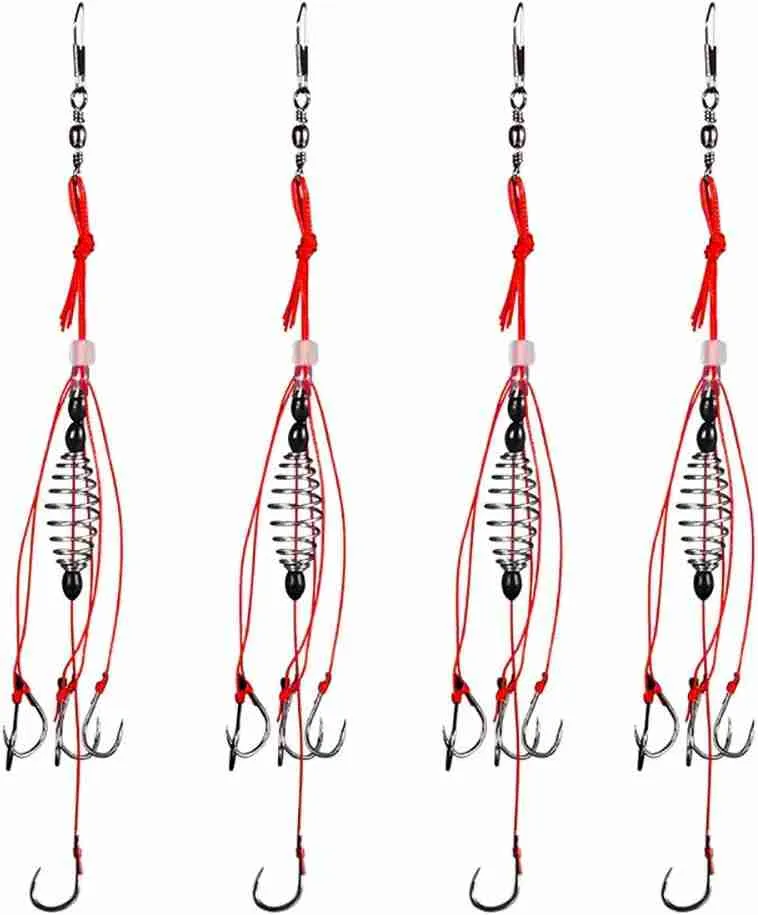
Rings should be made at both ends of the wire for attaching the main fishing line, leashes, and sinkers. Often, a quadrangular frame with three fastening rings is made in the upper part of the rig, the spring must be put on the wire axis and fixed there. It is on it that the angler will then sculpt his homemade dusty mixture.
Do not buy cheap technoplankton, as a rule, it is of poor quality - it takes a long time to dissolve. Do not stick the hooks into the barrel so that they do not get tangled - they become dull in this way. It is better to tie them to the body of the barrel with soluble threads. Such threads are widely represented on the shelves of fishing stores.
Conclusion
Catching silver carp from the bottom of the water can be a challenging, but rewarding, experience for anglers.
Using the right equipment and techniques, and by choosing the best time and location, you can increase your chances of success.
Whether you are a seasoned angler or a beginner, learning how to catch silver carp can be an exciting and rewarding experience.
